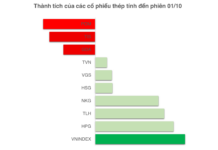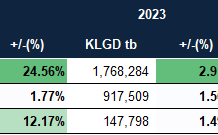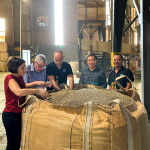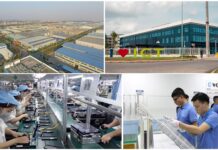According to the Ministry of Industry and Trade, exports to the US may slow down until early 2026 due to high inventory levels, rising costs, and pressure to meet new standards.
Speaking at the launch of the VietnamUSA.Arobid.com international B2B e-commerce platform on August 8 in Ho Chi Minh City, Vu Ba Phu, Director of the Trade Promotion Agency under the Ministry of Industry and Trade, forecast that from now until the end of 2025, and even into the first half of 2026, many of Vietnam’s key export industries, such as furniture and textiles, will struggle to maintain their growth momentum from the first half of this year.
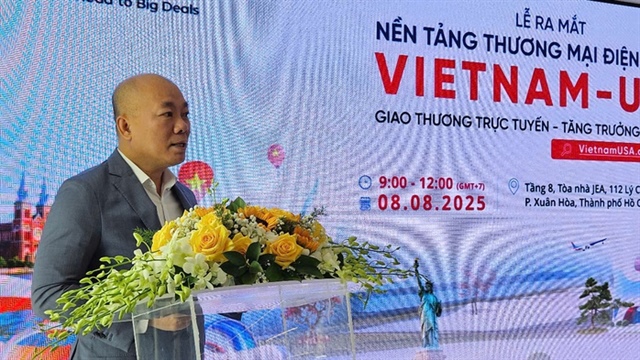 Mr. Vu Ba Phu, Director of the Trade Promotion Agency |
Mr. Phu analyzed that the US market has a huge purchasing power and Vietnamese exports to the US have a very wide reach. In the past, many American businesses have taken advantage of purchasing furniture, garments, and food products before the US imposes new countervailing duties. The total export turnover to the US in the first six months of 2025 reached 70.91 billion USD, up about 28.6% compared to the same period in 2024.
“Vietnamese exports to the US have increased significantly, leading to high inventory levels. We must accept that in the last six months or until the first half of 2026, furniture and textile exports to the US will slow down,” Mr. Phu said.
Mr. Phu also said that the US’s recent imposition of a 20% countervailing duty from August 1 would continue to put pressure on export costs. The question now is how to optimize benefits and reduce risks.
In this context, finding a new model of trade that is transparent, efficient, and less dependent on traditional distribution chains is imperative, especially for small and medium-sized enterprises.

Launch of the VietnamUSA.Arobid.com international B2B e-commerce platform |
Mr. Phu believed that the VietnamUSA.Arobid.com platform, which integrates online exhibitions and trade connections, allowing businesses to connect 24/7 with partners and directly access the supply chain in the US, is a suitable solution.
Through this platform, Vietnamese enterprises can not only sell their products but also upgrade their capabilities, standardize their operations, access capital, and expand their sustainable supply chain, reducing dependence on intermediaries and improving compliance with international standards.
Representing the business sector, Mr. Tran Nhu Tung, Chairman of the Board of Directors of Thanh Cong Textile Garment Investment Trading Joint Stock Company (TCM), said that the textile industry has started to see a decrease in orders since the third quarter of 2025 as many customers placed early orders before the US imposed new taxes.
Additionally, new requirements, such as “green” factory standards, traceability, and international certifications, are driving up investment costs while selling prices remain unchanged.
“Without preferential capital or support for investment in digital transformation and green transformation, it is very difficult for enterprises to maintain their profit margins,” Mr. Tung stated.
T. Nhan
– 15:50 08/08/2025
‘King of spenders’ Phan Minh Thong warns of ‘shocking’ changes in the US market from a $500,000 pho bowl perspective.
“In the US, a bowl of pho costs about $15-18, plus a $20 tip (around 500,000 Vietnamese dong). Compared to Vietnam, where breakfast in Saigon or Hanoi costs around 50,000 dong per meal, and a plate of banh cuon with all the toppings in Hai Phong costs 20,000 dong,” Mr. Thong recounted.


















